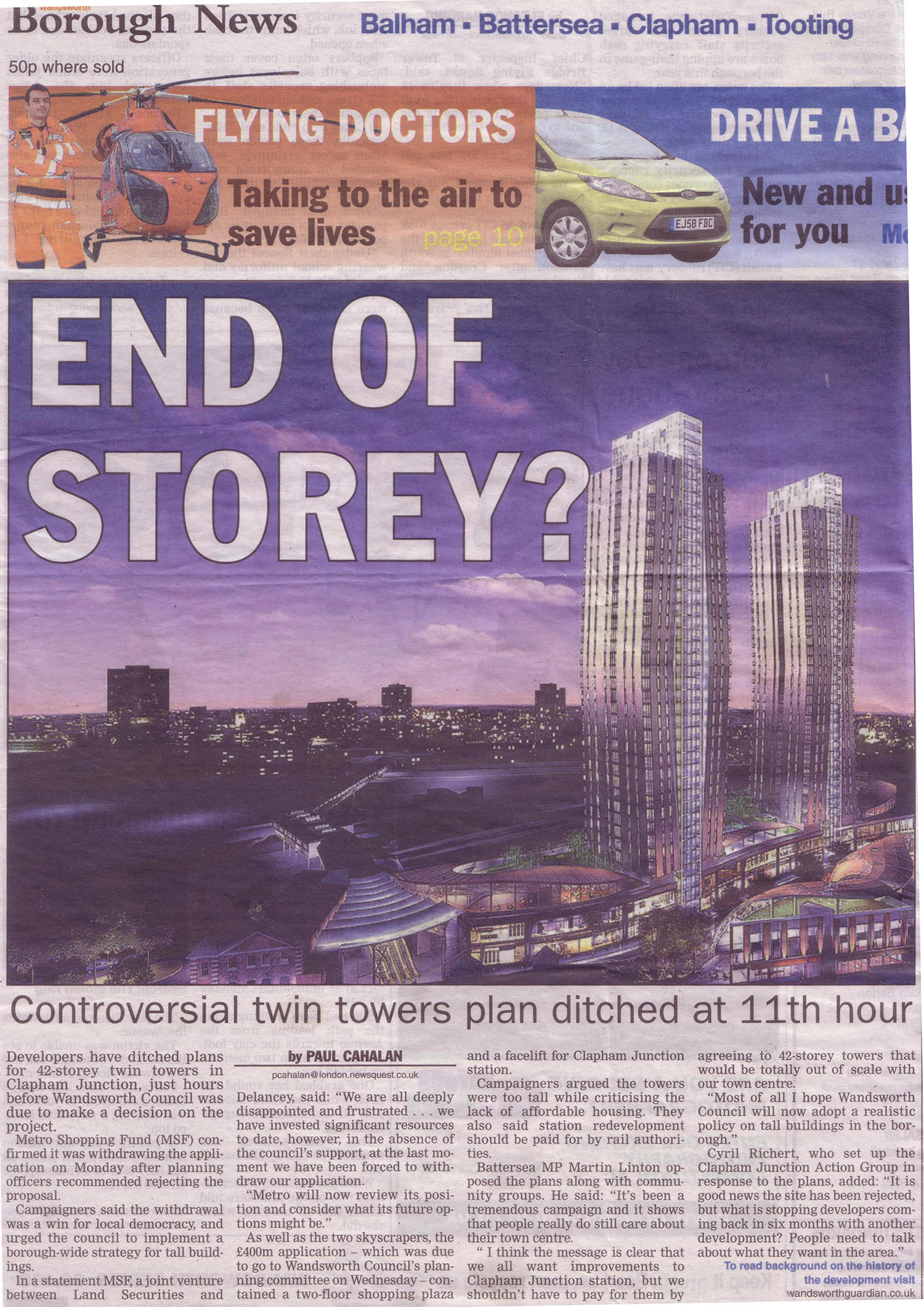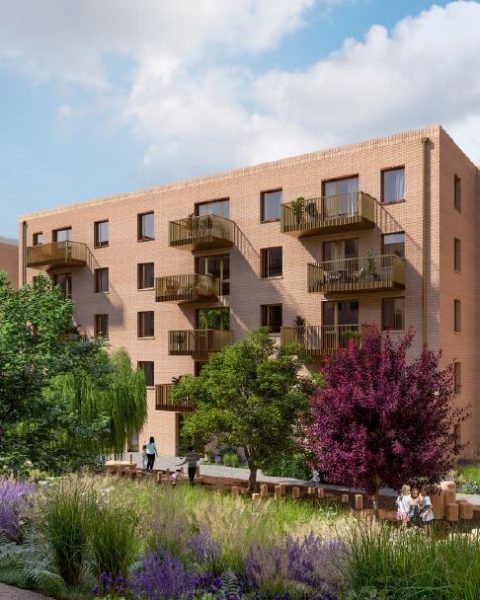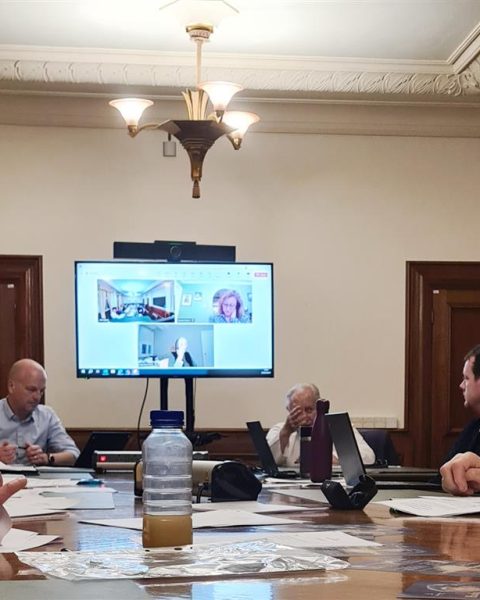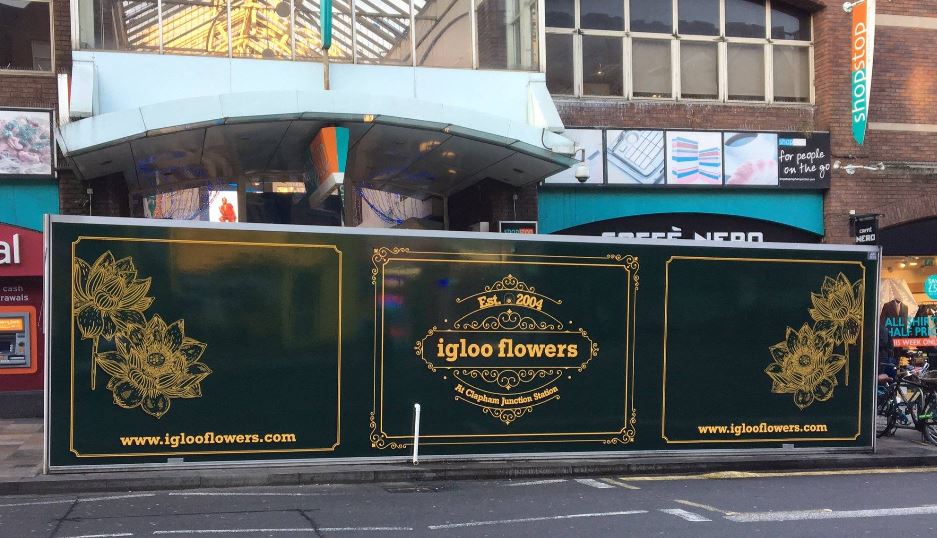Author: Cyril Richert
Concerns have been expressed by Mark Hunter, the planning officer, with regard to the role and the transparency of Network Rail in relation to the package of benefits provided. In particular he pointed out that clarity was needed on the funding and the specific benefits that would be provided by the development.
Mark Hunter wrote to Network Rail on 23 January to seek clarification.
After saying that the Council has undertaken a major consultation exercise [er, really? When? A public meeting maybe? Ooops no, the Council did not want to organise it], the Planning Officer reminded us that the Core Strategy Policy does seek substantial improvements to the station through a section 106 Agreement [if you want to know all about this bribery extortion agreement, read the explanation from Julia here]. And Mark Hunter emphasises:
“the benefits to be secured are for the most part significant infrastructure improvements that directly benefit Network Rail and … your organisation should be funding these improvements.“
Therefore it seems that Mark Hunter is trying to assess whether these improvements are actually at the expense of other policy considerations such as affordable housing, public realm improvements or sustainability measures.
He is rightly pointing out that it is disappointing that Network Rail has not been willing to make any commitment to provide funding for additional work such as platform lengthening. The statement from Network Rail accompanying the planning application says: “Clapham Junction is set to benefit from a separate but related improvement schemes in the coming year”.
He is clearly criticizing Network Rail for being aware of big opportunities for them to save money, but refusing to make any clear commitment on their plan and instead sticking to broad statements. Network Rail Strategic Business Plan 2006 included £156 millions for station improvements. How come none of this was allocated to CJ?
Other questions that spring to mind, on which we need answers, include:
- does the development plan include the Brighton Yard entrance re-opening in 2009, or does it set that aside?
- are we going to get the explanation and detailed information we need on the Funding and strategy for the East London Line extension?
- are we going to get details of the package of works proposed and funding – what works?
- When are the developers going to provide a compelling case for their proposal to close the current subway main entrance?
Here comes Network Rail’s answer to the points made by the council’s planning officer.
According to them:
- Network Rail was already working on ways of improving CJ station BUT have been told by Wandsworth Council to work with Metro Shopping Fund [i.e. it’s not us, the Council obliged us to work with MSF, but we wanted to spend our own money independently].
- They have now been working with MSF for 5 years [how come nobody told us about the plan and skyscrapers, etc… within the past 5 years?]
- They are pleased to hear that the proposed improvements are welcomed [actually they are mistaken because the Planning Officer said: “considerable concern has been expressed”].
- In the absence of funding from other sources [does it translate as: in the absence of funding from Wandsworth Council?] Network Rail saw an opportunity of working with Metro [oh, I thought they were forced!].
- The footbridge is much more logical than the subway [really? Then most of the travellers using the station must be completely illogical passengers, poor them…].
- The proposal has been designed to consider future growth until 2026 [so what do we do then? Build another skyscraper?].
- The core of the proposed station improvements is to close the subway at both ends, allowing access to the station only from the footbridge [instead of distributing all this literature about escalators and roof garden, what about asking people what they REALLY think? As has been expressed by the Planning Officer, opinion from a number of quarters is that removing the current entrance/exit will lead to further inconvenience for those interchanging with buses and coming to and from the town centre… let alone creating a longer walk to the platforms].
- The new ‘town centre’ will be moved from the current St John’s street (plus Northcote road)/Lavender Hill/Falcon Road/St John’s Hill crossroads with the iconic Arding and Hobbs tower, to the Grand Theatre [therefore losing connection with the shops in Northcote Road and Lavender Hill].
- Metro will create a dedicated drop-off taxi facility for the first time at CJ [however the Council has also voted to relocate the taxi-rank from the centre of St. John’s Hill to the kerbside, which will provide a better drop-off facility].
- A significant contribution that Network Rail is making is by releasing its land (Brighton buildings, St John’s Hill station entrance, arches in Grant Road [but Brendan, speaking on behalf of the developers said “Network Rail do not have enough land to lengthen and straighten the platforms to current standards, which is why Metro are proposing making land they control available to Network Rail for that purpose”, so it looks rather the opposite…].
- Network Rail Strategic Plan 2006, which referred to proposals for Clapham Junction station, has been abandoned due to complexity and cost [and nothing replaced. Good management tactic for saving money!]
The new plan starts in April 2009 and finishes in 2014?. As Network Rail is expecting the MSF proposal to be approved, nothing is planned for CJ before 2014? [is there a word for forcing people to do something they don’t want by removing any alternative?] - Network Rail Plan review in 2008 was asking for £56 million independently of Metro’s proposal [it is not clear here if it was ‘just in case’ or if they intended to spend that amount in addition to the £39.5m of MSF] but [such a shame] it was refused and ‘only’ £20-£25m granted [with such a pittance, surely nothing can be done!].
- In addition to the funding detailed above, two other commitments have been made at CJ station. The National Stations Improvement Programme has allocated £2m (funding stair access, information panels, subway improvements, waiting facilities).
- The Access for All scheme is spending £12m at CJ. MSF will use all the lifts installed by the government [thus saving money]
- The Brighton Yard entrance in 2009 will be designed to accommodate no more than 30% of the passengers who use the existing St John’s Hill entrance [great, then it means up to 30% of passengers redirected to Brighton Yard entrance = 30% less congestion than currently! Hip hip hip…].
Basically, according to Network Rail, as the Council did not show them any sign of wrongdoing [and even ‘encouraged’ them to work with Metro Shopping Fund on their proposal], the only recent improvements included in the Network Rail Plan (CP4) are in line with the proposal and of course [as apparently Network Rail could not imagine otherwise] nothing is planned to be funded independently before…2014!
Well, it seems there are now two possible solutions which we could all get together to explore:
- Network Rail to look at their contingency plan and make amendments [yes, they can].
- MSF to start back from scratch, forget about their hideous towers and redesign a complete new proposal, incorporating the views and objections of the people who live there.
MSF proposal is quoted £39.5m + the 2 skyscrapers mandatory, to compare with about £40m (minimum) for a proposal that does not have the ugly tower blocks. What is your choice for the future of your neighbourhood? Go and vote, write to the Council and let them know your views!
And I kept the best bit for the end: the knife in the back. Network Rail writes in the letter:
“It does concern me that many of your points raised are at odds with the atmosphere of the businesslike and constructive discussions I have had with your Council’s officers and I understand have been experienced by our colleagues in the development team“.
And last but not least:
“In the event that your comments have been the result of scheme objections, then please let Network Rail and metro work with you to help, inform and explain our position“.
Can I remind everybody that Network Rail refused to participate in the Public Meeting, claiming that they were busy answering to the Council’s request? Who are they making fool of?















Why is everybody going on about the height of the towers? That is the LEAST important thing. They can be 1,000 or 2,000 feet, the higher the better if it is council flats at low rents. Lovely views, and two towers for Battersea to be proud of.
The main problem with this proposal is that it is luxury flats for sale, and above all IT INVOLVES DEMOLISHING NEW, MODERN BUILDINGS like the PCP building and the Shopping Mall/St John’s Station entrance, both built, I believe, within the last 30 years – a scandalous waste of money.
These existing buildings MUST be preserved and incorporated into any redevelopment scheme, so must the Windsor Castle public house.
And why does access to the platforms have to be restricted to the Brighton Yard entrance if this scheme IS rejected? It would be a very simple thing to install an additional lift from platfrom 3/4 to the subway, perhaps closing one of the two staircases to make room for it.
Tony Papard, 68 McDermott Close, Battersea, London SW11 2LZ
Tony> Regarding the height of the towers, it is a question of taste I assume. More than about 90% of the presentations sent to the Council criticised the buildings and the height. This is a fact.
As Michael Snaith said in his letter: “The photo spread across the opening page of the council’s “Our Wandsworth” brochure amply demonstrates how out of scales and unsympathetic in character are the few existing high-rise blocks in the area. Standing out like a soar thumb is putting it mildly. Places like the sad, greying concrete towers of the Winstanley Estate are a relic of the Sixities craze for high-rise. As a “good place to live” quote par of the slogan you spread accross the aforementionned photo, they have been discredited and many of their fellows have been demolished” and therefore there is a big probability that buildings those towers would damage even more the neighbourhood. I have never been proud of a tower… but on the other hand I know countless lower size building with architecture to be proud of.
I totally agree with your point on the waste of money demolishing the PCS building amongst others (that is probably why the Planning Officer is puzzled by the waste of money in acquiring lands and buildings to demolish and too little for station improvement, as the developers concentrate on their towers and don’t really care about the amenities).
The current station is a shambles; the developers build it as a shopping centre/office space with the hassle of having to allow people to catch trains. This plan repeats the error with the emphasis on residential property this time rather than retail.
The current developers say they are nothing to do with the lot that built the current metroshop, Is this true?
CJ is a rail station foremost.
CJ is a fantastic opportunity to get it right, by reopening the original exit. Maybe possibly paving over the platforms? Linking teh grant road end to st john’s hill somethig this plan doesn’t do.
Terry> As far as I know, Metro (i.e. the developer) is the current owner of the shopping mall.
The plan should be to concentrate on the much needed station redevelopment and taking advantage of the locality of CJ to develop business centres (the fantastic location will for sure attract a lot of businesses and help the economy of the all area).Grant road need a redevelopment that could be achieved with business places, low rise buildings and revitalize the neighbourhood.
Instead as the first comment said, the current scheme proposes mainly luxury cells. This is ridiculous.